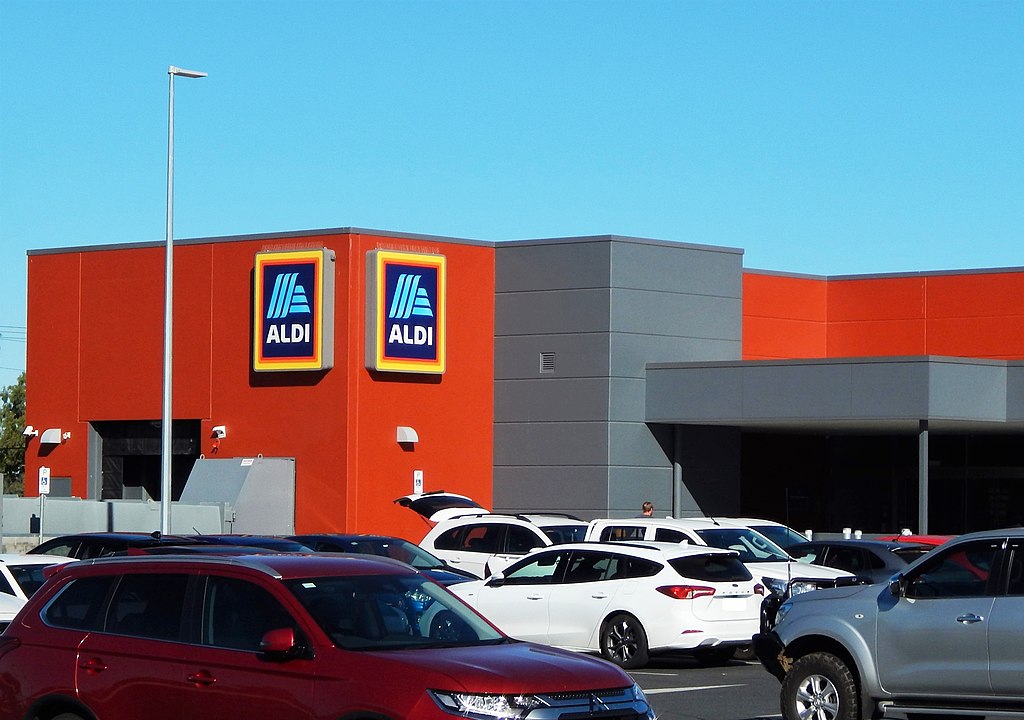For Aldi shoppers and savvy consumers alike, understanding the inner workings of this fast-growing grocery chain provides insight into how it continues to offer low prices while expanding its footprint across the United States. Here’s an insightful peek into “The Economics of Aldi.”
The Secret to Aldi’s Low Prices: Simplicity and Efficiency
Aldi’s business model is built on a foundation of simplicity and efficiency, which translates directly into cost savings for customers. With its no-frills approach, Aldi maintains lower prices without compromising quality. The stores are designed to be compact and straightforward, allowing customers to see everything at a glance, which also reduces operational costs.
The Store Layout: Small Size, Big Savings
Aldi’s stores are relatively small, mirroring the size of a Trader Joe’s and significantly less than the average supermarket. This not only reduces the cost of property and utilities but also optimizes operational efficiency. By keeping the store size limited, Aldi can minimize the number of steps employees take to service the store, creating a lean and value-driven operation.
Cutting Costs to Boost Margins
Aldi employs various cost-cutting strategies to maintain its profit margins. For instance, the store avoids additional services like in-house bakeries or butcheries and stocks a significantly smaller product range compared to typical supermarkets. With fewer products and a model that involves leaving goods in their delivery boxes, Aldi reduces the time spent stocking shelves and can operate with a leaner team, all contributing to lower prices for the consumer.
Aldi’s Low-Cost Image and Marketing Strategy
Aldi’s strategy extends beyond logistics to its marketing approach. The chain uses its cost-saving methods to reinforce its image as a discount grocer. For example, the simple act of inserting a quarter to unlock a shopping cart sends a message of cost-efficiency. This, combined with the store’s layout, signals to customers that they are getting a good deal due to the store’s efficiency, not because of a compromise on quality.
Balancing Perceptions of Value and Quality
Even though Aldi’s cost-saving strategies are not universally popular, affecting perceptions of store cleanliness and item availability, the store has managed to balance its image carefully. It utilizes Known Value Items—staple goods at memorable prices—to create an overall impression of value. As a result, when Aldi lowers prices on these items, other grocers often follow suit, leading to a wider perception that Aldi offers great value for money.
Private Labels: Aldi’s Ace in the Hole
Aldi’s private label items are a significant draw. These products, which make up 90% of its stock, allow Aldi to negotiate directly with manufacturers for the best prices. Unlike Trader Joe’s, which uses private labels to offer unique items, Aldi presents alternatives that closely resemble well-known brands, suggesting to customers that they’re receiving the same quality but at a better price.
Thriving in Tough Times: Aldi’s Resilient Growth
Notably, Aldi has a track record of thriving during economic downturns. The 2008 financial crisis spurred its expansion strategy, and it has retained customers gained during tough times, growing steadily as the economy recovered. As inflation affects budgets, Aldi’s model continues to resonate with a broadening customer base seeking bargains, convenience, and a quick shopping experience.
Aldi’s strategy showcases the power of simplicity and efficiency in retail, a lesson in economics that benefits both the company and the shoppers who rely on it for their everyday needs.







